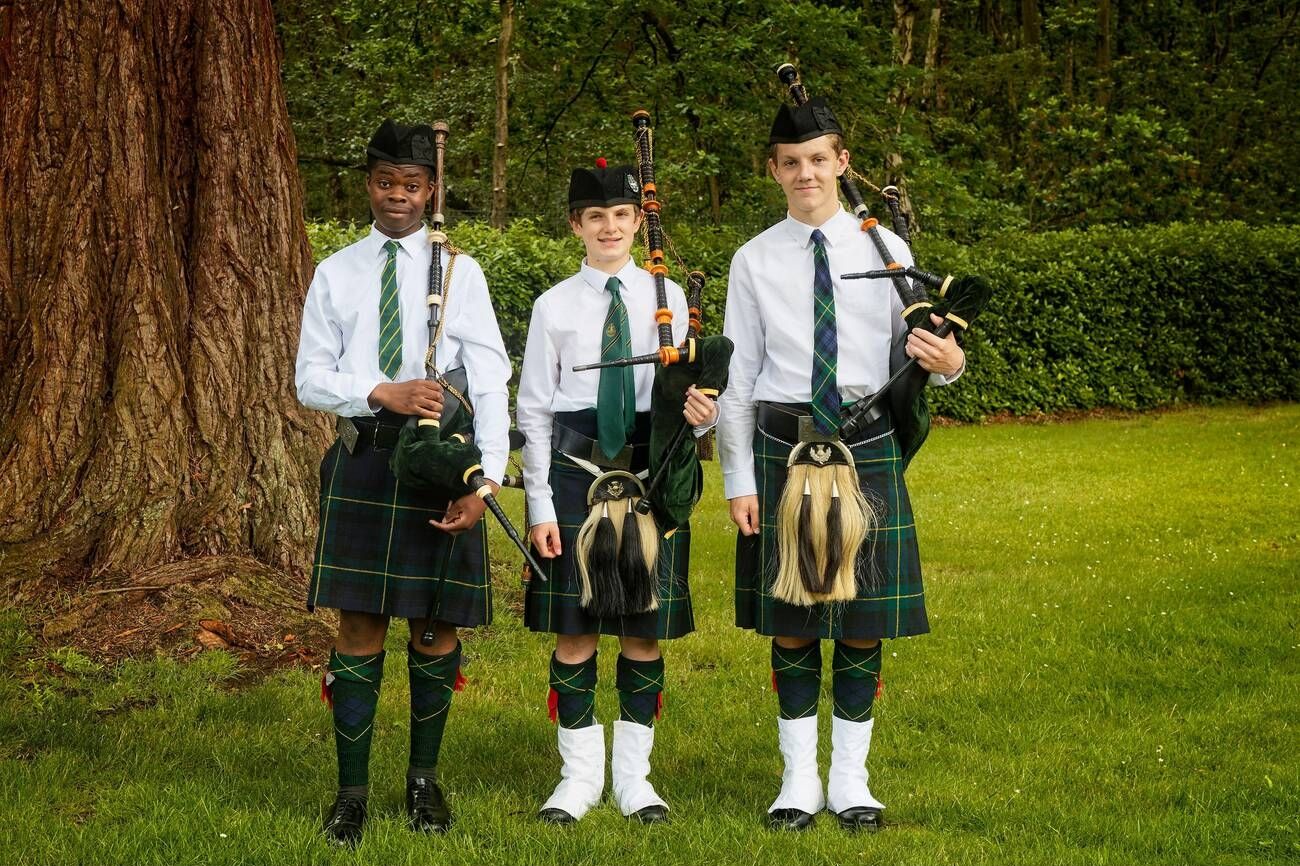
Kilt Outfits: A Look Into Traditional Irish Kilts!
When one thinks of traditional Irish attire, the image of a kilt might not immediately come to mind. However, kilts have a rich history in Ireland and continue to be worn to this day. In this blog post, we'll explore the history of the traditional Irish kilt, the different kilt outfits available, and how to properly wear and care for your kilt.

The History of the Irish Kilt
Kilts have been a part of Irish culture for centuries. The earliest known references to the kilt in Ireland date back to the 16th century, with the garment known as the “leine” being worn by Gaelic lords and warriors. This garment was a long linen shirt that reached down to the knees and was often worn with a belt or sash around the waist.
The modern kilt that we know today, with its distinctive tartan pattern, is actually a Scottish invention. It wasn't until the 19th century that kilts started to become popular in Ireland. At this time, Irish nationalists began to embrace the kilt as a way to assert their cultural identity and differentiate themselves from the British.
The Irish kilt is typically made from wool, which is well-suited to the country's chilly and damp climate. The traditional Irish tartan is green and black, which represents the lush countryside and the dark, peaty bogs that cover much of the island.
Types of Kilt Outfits:
There are many different types of kilt outfits available, each with its own unique style and purpose. Here are a few of the most popular:
Dress Kilt - This is the most formal type of kilt outfit and is typically worn to weddings, formal dinners, and other special occasions. The dress kilt is made from high-quality wool and features a tartan pattern that is specific to the wearer's clan or family. It is worn with a jacket, waistcoat, and sporran (a small pouch worn around the waist).
Day Kilt - The day kilt is a less formal version of the dress kilt and is typically worn to daytime events such as parades, festivals, and ceilidhs. It is made from more casual wool and can be worn with a simple shirt or sweater.
Casual Kilt - This type of kilt is perfect for everyday wear and is made from a lightweight, breathable fabric such as cotton or linen. It is often worn with a t-shirt or polo shirt and can be dressed up or down depending on the occasion.
Sports Kilt - Sports kilts are a popular choice for athletes and are typically made from a moisture-wicking fabric that is designed to keep the wearer cool and dry. They are often worn to events such as Highland games or rugby matches.
How to Wear a Kilt?
Wearing a kilt might seem intimidating at first, but it's actually quite simple. Here are the steps to follow:
Start by putting on a pair of kilt hose (knee-high socks) and garters to keep them in place.
Next, put on your kilt. The kilt should be wrapped around your waist and fastened with a belt or buckle. The pleats should be at the back of the kilt.
Put on your sporran, making sure that it is centered on the front of the kilt.
Put on your jacket or sweater. If you are wearing a dress kilt, you should also put on your waistcoat.
Finally, put on any accessories such as a tie or brooch.
Caring for Your Kilt
Properly caring for your kilt is important to ensure that it lasts for many years. Here are some tips for caring for your kilt:
Dry cleaning - It's important to have your kilt dry cleaned to ensure that it stays in good condition. Be sure to choose a reputable dry cleaner that has experience with kilts.
Storing your kilt - When not in use, it's important to store your kilt properly to prevent wrinkles and damage. Fold the kilt in half lengthwise and then roll it up tightly. Store it in a cool, dry place, away from direct sunlight.
Ironing - If your kilt becomes wrinkled, you can iron it using a low heat setting. Be sure to use a pressing cloth to protect the fabric.
Avoid moth damage - Moths can be a problem for woolen garments like kilts. To prevent moth damage, store your kilt in a sealed container with mothballs or cedar chips.
Repair any damage - If your kilt becomes damaged, it's important to have it repaired as soon as possible. Small holes or tears can be mended, but if the damage is extensive, you may need to have the kilt replaced.

Conclusion:
In conclusion, the traditional Irish kilt has a long and rich history in Ireland and continues to be a popular choice for formal occasions, everyday wear, and sporting events. With proper care and maintenance, your kilt can last for many years and be a cherished part of your wardrobe. Whether you're attending a wedding, watching a rugby match, or simply enjoying a day out, a kilt is a versatile and stylish choice that will make you stand out from the crowd.
Appreciate the creator